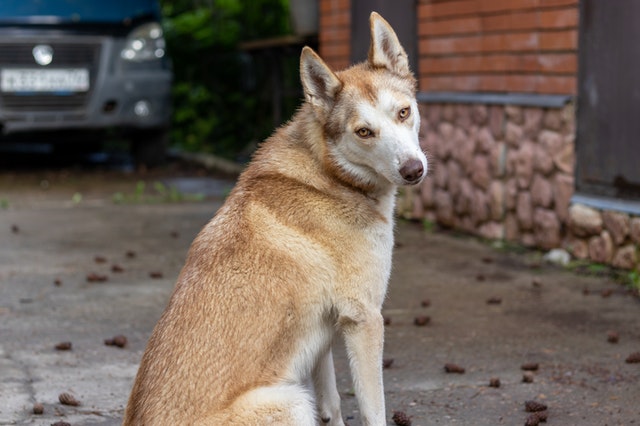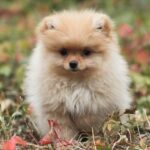When it comes to bathing, your dog’s coat type will tell you what steps to take.
Just like a shorthaired human’s bathing routine is more apt to be a simple Wash, Rinse, and Go, so is a dog’s. Shorthaired breeds, especially those that were bred to get wet, require less in the grooming department than other breeds, but still need to be bathed, especially if they are active outside.
A longhaired dog’s coat needs a more extensive beauty routine. In general, longhaired dogs require more maintenance from you, and perhaps others, to keep clean and clipped.
Here are some basics to keep in mind when bathing your dog:
- Longhaired dogs require brushing before a bath. Although shorthaired dogs will benefit, longhaired dogs require it so that the water doesn’t cause mats in the hair.
- Although some dogs fuss when getting drenched with water, it is important to wet their hair thoroughly. Make sure that the dog’s coat gets very wet—and is wet all over. Adjusting the water temperature to warm—never cold—helps with a dog’s resistance.
- Depending on how dirty your dog is, use ample shampoo. Longhaired dogs require more because they have more hair. Make sure that the dog’s hair is well-lathered and that the whole body is covered, especially in the hard-to-reach places like the armpits, belly, and the rear end.
- All dogs need a thorough rinsing, and this is a tougher task for longhaired dogs. Leftover suds can cause itching and skin problems, so rinse and rinse until the water headed down the drain runs clear.
- Condition. Most longhaired dogs will benefit from conditioning—especially when it’s time to brush them after the bath. Repeat the steps above described for shampoo and rinsing, but use conditioner.
- Some shorthaired dogs—especially in the summer—can simply shake and go, but toweling off helps keep flying water to a minimum. Always have two towels ready, especially for longhaired dogs. Dogs dry faster when you remove as much water as possible with a towel versus a hairdryer.
- Lastly, longhaired dogs need a good brushing and drying with a hairdryer to show off their coats. Make sure you use a cold setting on the hairdryer to avoid burning your dog’s skin. This last step is often the most time-consuming part of bath time, so find a comfortable space for both you and your dog.





